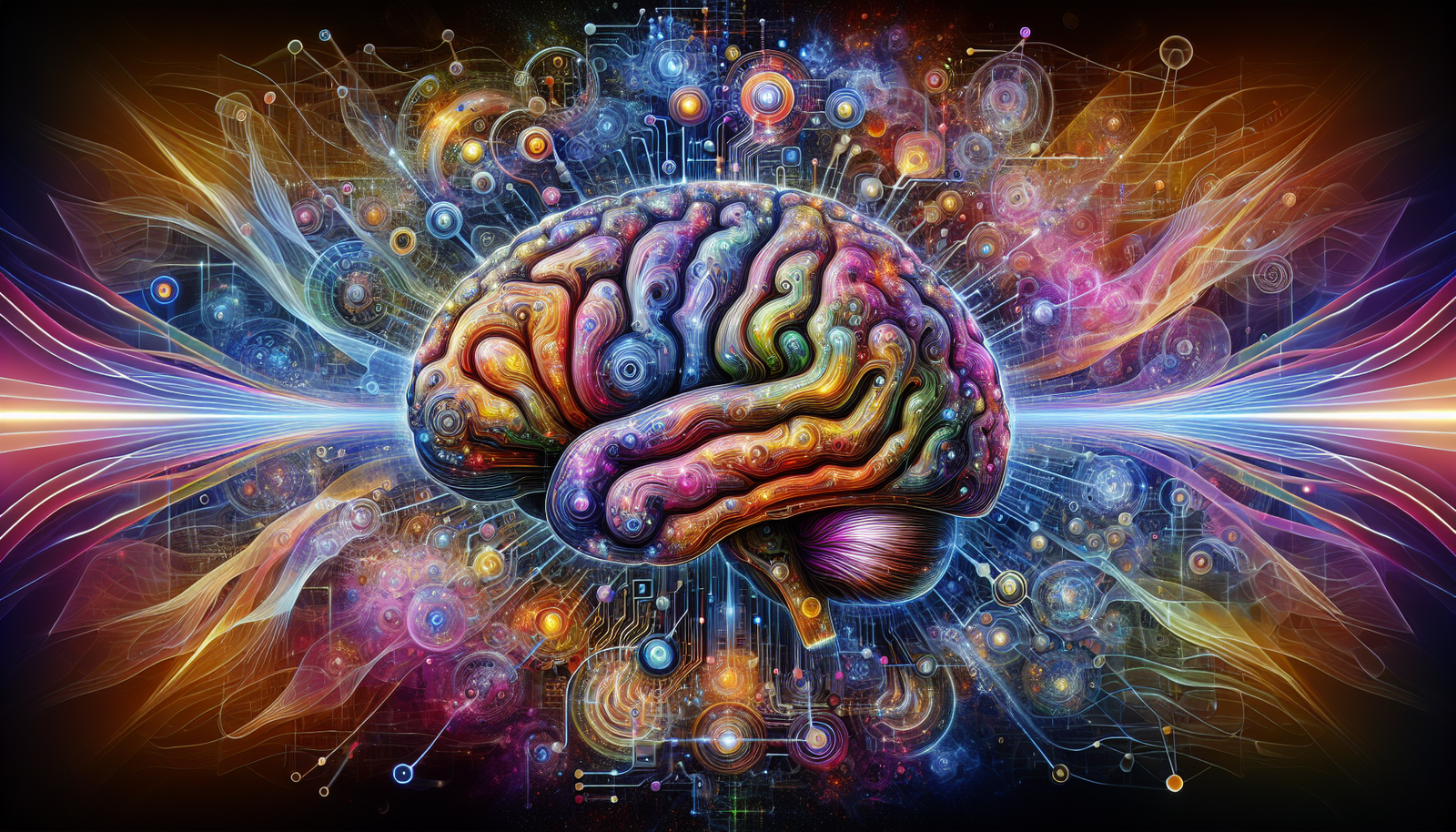The rise of large language models is redefining our relationship with artificial intelligence. These sophisticated systems mimic human reasoning through a variety of data, successfully grasping the subtleties of language. Their ability to interpret and generate text makes them invaluable tools in the fields of communication and creativity. These models transcend simple programming by learning from vast volumes of information accumulated on the Internet. They thus become entities capable of developing complex reasoning, much like our human brain. Consequently, the impact of these advancements is felt across various sectors, transforming conventional methods of work and interaction.
A brain-function-inspired architecture
Large language models (LLMs) are characterized by their ability to reason, akin to the human brain. These AI systems rely on complex neural networks that can imitate certain aspects of cognitive processing. To achieve a nuanced understanding of language, LLMs have been formulated from massive and varied data, allowing for modeling of linguistic subtleties.
Learning through data diversity
Language models leverage a diversity of information sources, ranging from books to news articles, not to mention digital exchanges. This vast sampling of data nourishes their inference capability. By integrating varying contexts, these LLMs develop heightened responsiveness to complex queries.
Common traits with the human brain
A recent study highlighted critical similarities between the language processing by models and that performed by humans. Both analyze the contexts and underlying meanings of words. LLMs predict sequences of words using mechanisms similar to cognitive processes, thus emphasizing the affinity with human mental operations.
Complexity and understanding limits
Despite their power, LLMs display limits in understanding the nuances of language, just like humans. Acquiring meaning often requires subtle context that may elude the models. These challenges illustrate the persistent obstacles to achieving true intelligence in machines.
Practical applications and innovations
The use of LLMs has shaped several sectors, whether for automatic translation, content creation, or customer service. Companies are integrating these technologies to optimize communication and human-machine interaction. The synergy between technology and humanity is intensifying, offering innovative solutions in various fields.
Ethics and future challenges
The rapid advancements in LLMs raise ethical questions, particularly regarding data manipulation and biased expression. The need for regulation of the uses of these technologies is pressing. Discussions are underway about the social implications of their deployment, inviting critical reflection on the future of AI.
Global perspectives on artificial intelligence
The race for innovation in the AI field is marked by fierce competition, as exemplified by the emergence of new companies such as DeepSeek. Their presence strengthens the global technological landscape, raising strategic questions for established leaders. The development of robust and accessible solutions becomes paramount to stay at the forefront.
Advancements in generative AI
Generative models such as ELIZA demonstrate a unique ability to simulate dialogues. These intelligent systems continue to push the boundaries of human capabilities, radically altering digital interactions. The growing interest in conversational bots underscores their success in creating enriching user experiences.
The future of artificial intelligence
Researchers are questioning the future of LLMs and their potential to evolve into general artificial intelligence. Particular attention is being paid to the creation of an ethical framework for their development. The merging of human intelligence and AI promises unexplored advancements, requiring constant vigilance regarding societal implications.
Frequently asked questions
What is a large language model (LLM)?
A large language model (LLM) is an artificial intelligence system designed to understand and generate human language, relying on a massive amount of data.
How do large language models mimic the functioning of the human brain?
LLMs use neural networks that operate similarly to human cognitive processes, learning from various contexts and making associations based on textual data.
What types of data are used to train large language models?
Large language models are trained on vast datasets that include texts from books, articles, websites, and other written documentation sources.
What are the advantages of large language models in reasoning?
LLMs enhance contextual understanding and text generation, providing more relevant and adaptive responses due to their ability to process a diversity of data.
How do large language models handle language ambiguity?
They use advanced algorithms to interpret the context in which words are used, allowing them to distinguish possible meanings and respond appropriately.
Does the use of LLMs pose ethical challenges?
Yes, ethical challenges arise, particularly regarding bias in data, potential misinformation, and the impact on human communication.
Can large language models learn new information in real-time?
Generally, LLMs are not designed to learn in real-time. They require a prior training phase on fixed datasets, but updates can be made to integrate new information.
Are LLMs capable of understanding cultural nuances?
The models have some capability to grasp cultural nuances, but their effectiveness depends on the diversity and representativeness of the data they were trained on.
What is the importance of data size for LLMs?
A larger data size enables models to learn finer nuances of language, improving their accuracy and ability to generate more natural texts.
Can LLMs be considered to possess a form of understanding?
Although they simulate understanding by producing contextually appropriate responses, LLMs do not possess conscious understanding, as their operation depends strictly on algorithms and statistics.






